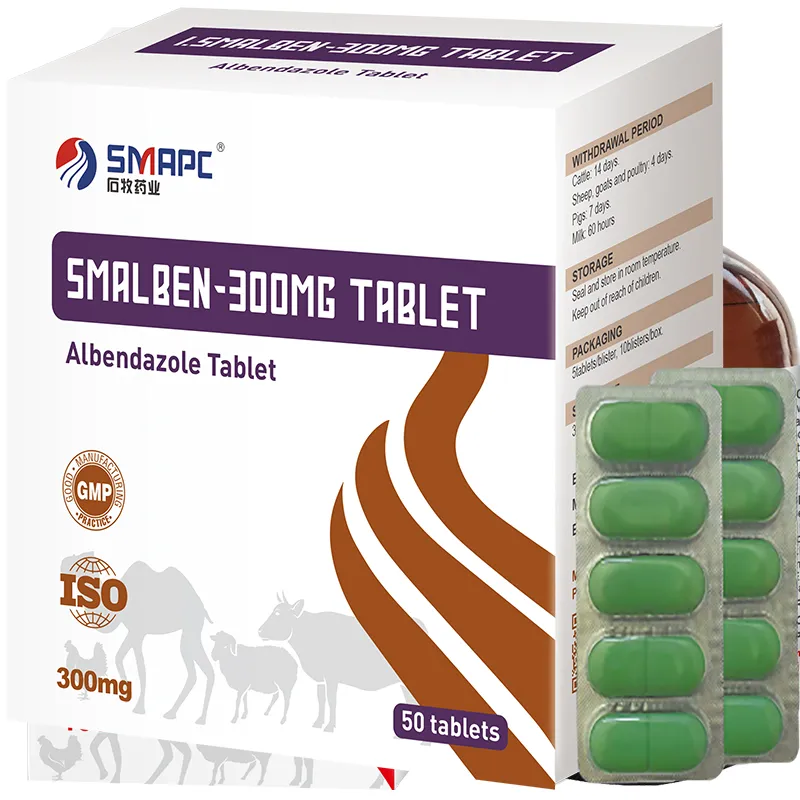Horse asthma, also known as equine asthma or recurrent airway obstruction (RAO), is a chronic condition that affects the respiratory system of horses. It is characterized by inflammation of the airways, which can lead to breathing difficulties, coughing, and reduced performance. Understanding the causes, symptoms, and treatment options for horse asthma is crucial for horse owners and caregivers to ensure the well-being of their animals.



